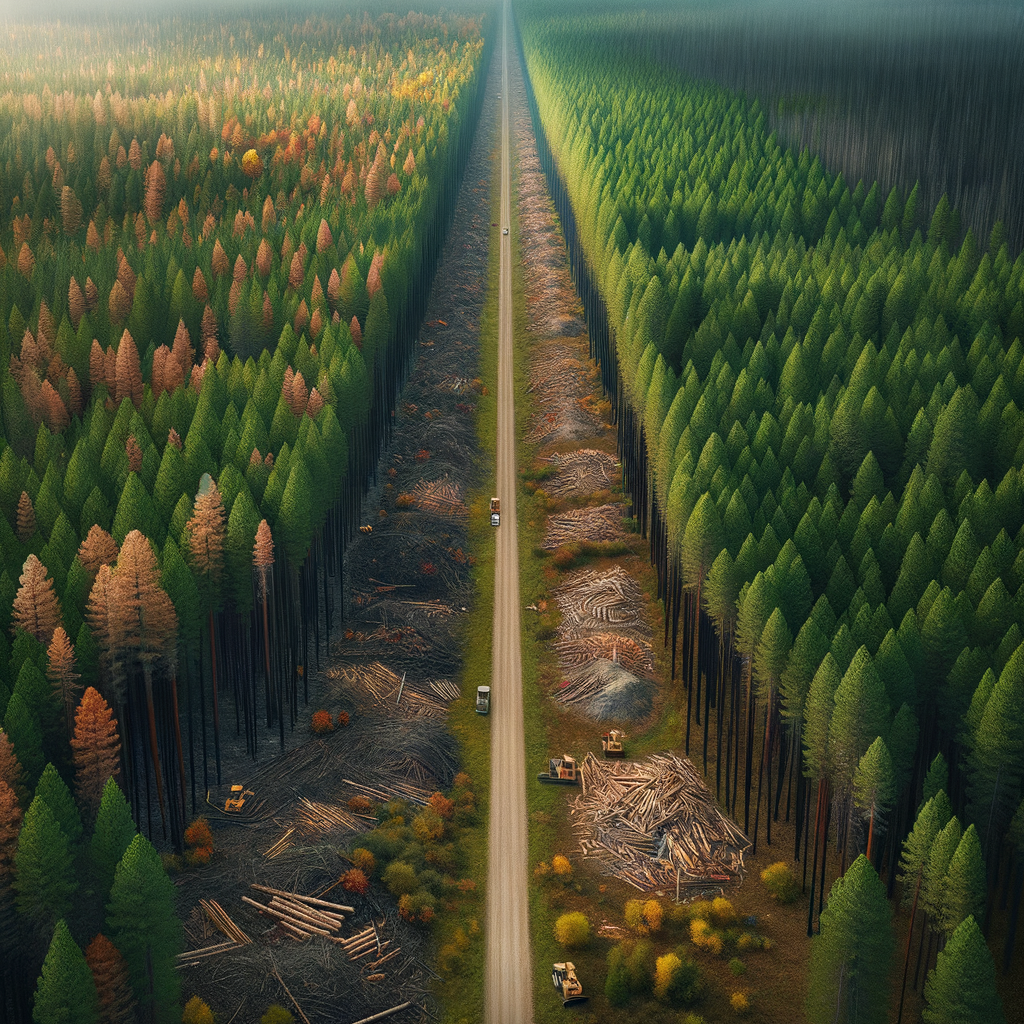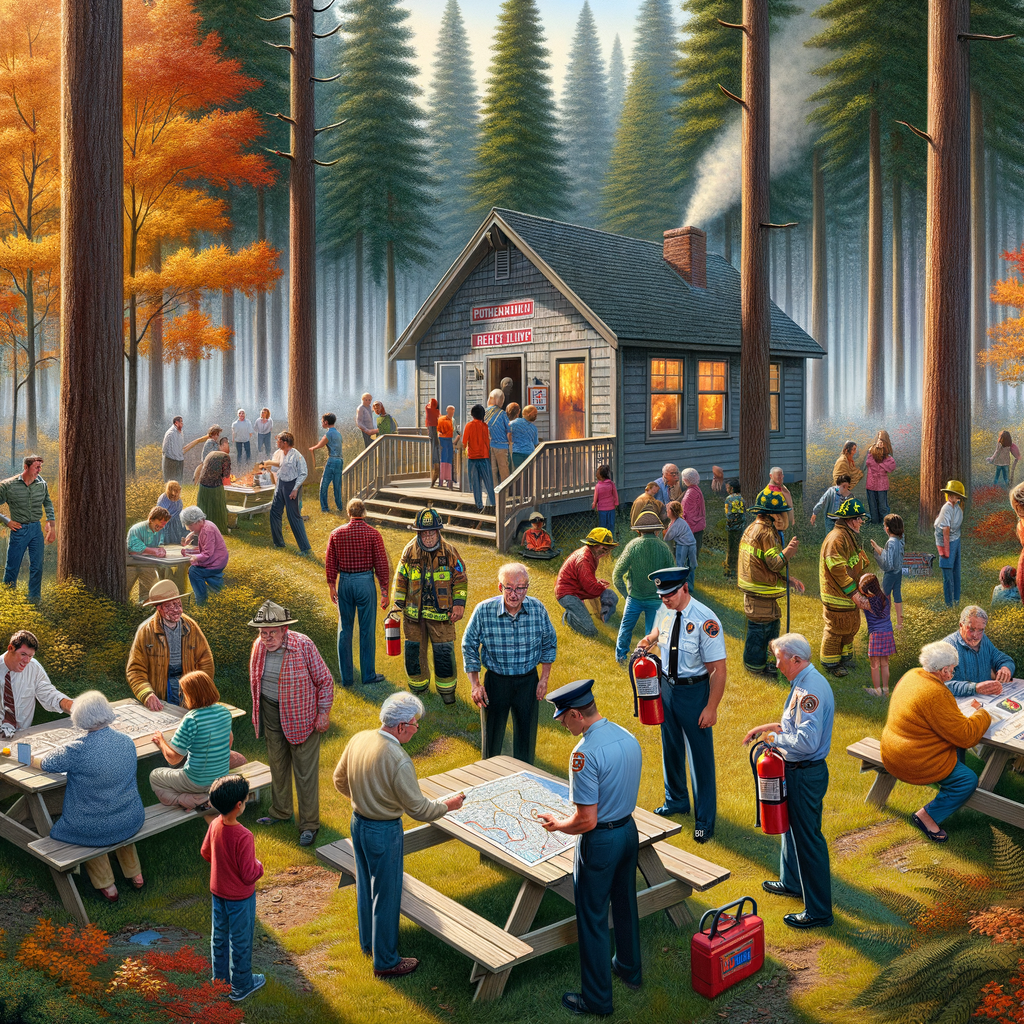Firebreak Construction Guide Insights for November
When I moved to a rural area surrounded by thick forests and winding trails, one thing became crystal clear very fast: forest fires are more than just headlines—they are an urgent threat that demands real action. What once felt distant and abstract quickly turned personal. Since then, I’ve learned a lot about preventing wildfires. Today, I want to share my insights on one of the most effective tools in forest fire prevention—firebreak construction.
Why Firebreaks Are Essential in Forest Fire Prevention
Forests do so much for us: cleaning air, supporting wildlife, and regulating climate. But they are also vulnerable. Thousands of acres of forest can go up in flames each year, often starting from human carelessness.
Here is the hard truth—many fires can be stopped if we prepare the land smartly. This is where firebreaks come in. A firebreak is a cleared or plowed strip of land that helps slow or stop the spread of wildfire by removing the fuel it needs to travel. It acts as a barrier between wildland and homes or between sections of forest.
Understanding how to build and maintain firebreaks is a key responsibility for anyone living near or working in forested areas.
Firebreak Construction: What I’ve Learned That Works
Building an effective firebreak is part science, part art. It requires planning, muscle, and ongoing care. Based on my experience, here are the steps and tips you need to know:
1. Plan Your Firebreak Location Thoughtfully
Choosing where to place a firebreak is crucial. Aim for natural boundaries like roads, streams, or rock formations. These features naturally slow fires.
Avoid steep slopes if possible since fires travel uphill fast. Also, consider wind direction—firebreaks should be downwind of areas you want to protect to prevent embers from jumping.
2. Clear Vegetation Thoroughly
Removing fuel means getting rid of all grasses, shrubs, dead leaves, and fallen branches. You may also need to remove some trees or trim low-hanging branches. Leaving dry or dead material behind defeats the purpose.
Use hand tools like rakes and chainsaws, or machinery such as bulldozers and mowers for larger firebreaks. The cleared area typically needs to be at least 10 to 30 feet wide.
3. Maintain the Firebreak Regularly
Nature doesn’t wait. Vegetation grows back quickly, making it easy for firebreaks to lose effectiveness. Plan to inspect and clear your firebreaks multiple times a year, especially before fire season in November and beyond.
Keeping the firebreak free of flammable materials is the ongoing battle to keep your property safer.
4. Consider Soil and Environmental Impact
Firebreaks should minimize soil disruption. Too much erosion can cause problems like mudslides or habitat loss. I learned to leave some roots intact and avoid disturbing waterways.
Negotiating the balance between effective clearing and environmental care is important. Consult local forestry experts if you can.
Beyond Construction: Why Firebreaks Matter This November
Fire season may feel like a summer problem, but in regions where dry conditions persist into fall, November can be critical. Firebreaks provide crucial defense for homes and communities just before winter storms make controlled burns risky or impossible.
I’ve seen firebreaks do their job—slowing down a fast-moving fire enough for firefighters to catch it before it rampaged out of control. The peace of mind that brings is huge.
My Final Checklist for Building Firebreaks
- Plan routes using natural landscape features
- Clear all natural fuel including vegetation, dead wood, and low branches
- Make firebreaks wide enough (minimum 10-30 feet depending on risk)
- Maintain firebreaks regularly, especially before and during fire season
- Monitor soil health and avoid erosion
- Seek advice from local forestry or fire prevention authorities
A Collective Responsibility for Safer Forests
Firebreak construction is a powerful way to protect forests, wildlife, and homes. It is also a shared responsibility. Whether you live in fire-prone areas or manage forest land, learning how to build and care for firebreaks can make the difference when flames threaten.
I invite you to take these firebreak insights seriously as November approaches. Start planning and acting now. The time to prepare is today—before the risk turns into disaster.
Thank you for reading. If you have your own tips or experiences with firebreaks and fire prevention, please share and help our community stay safer together.



